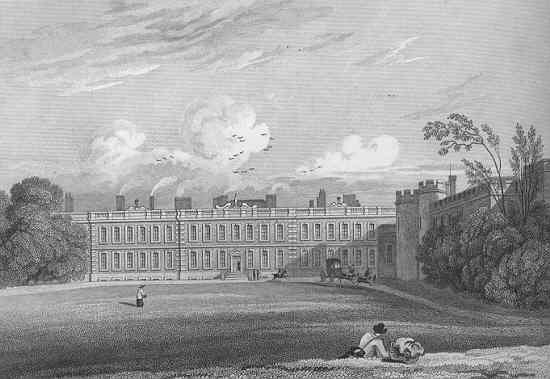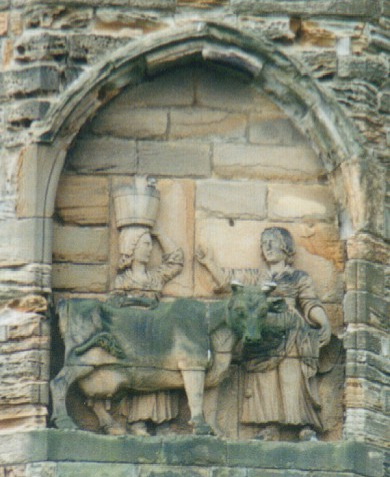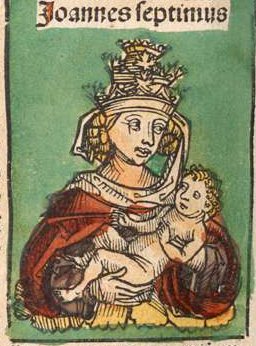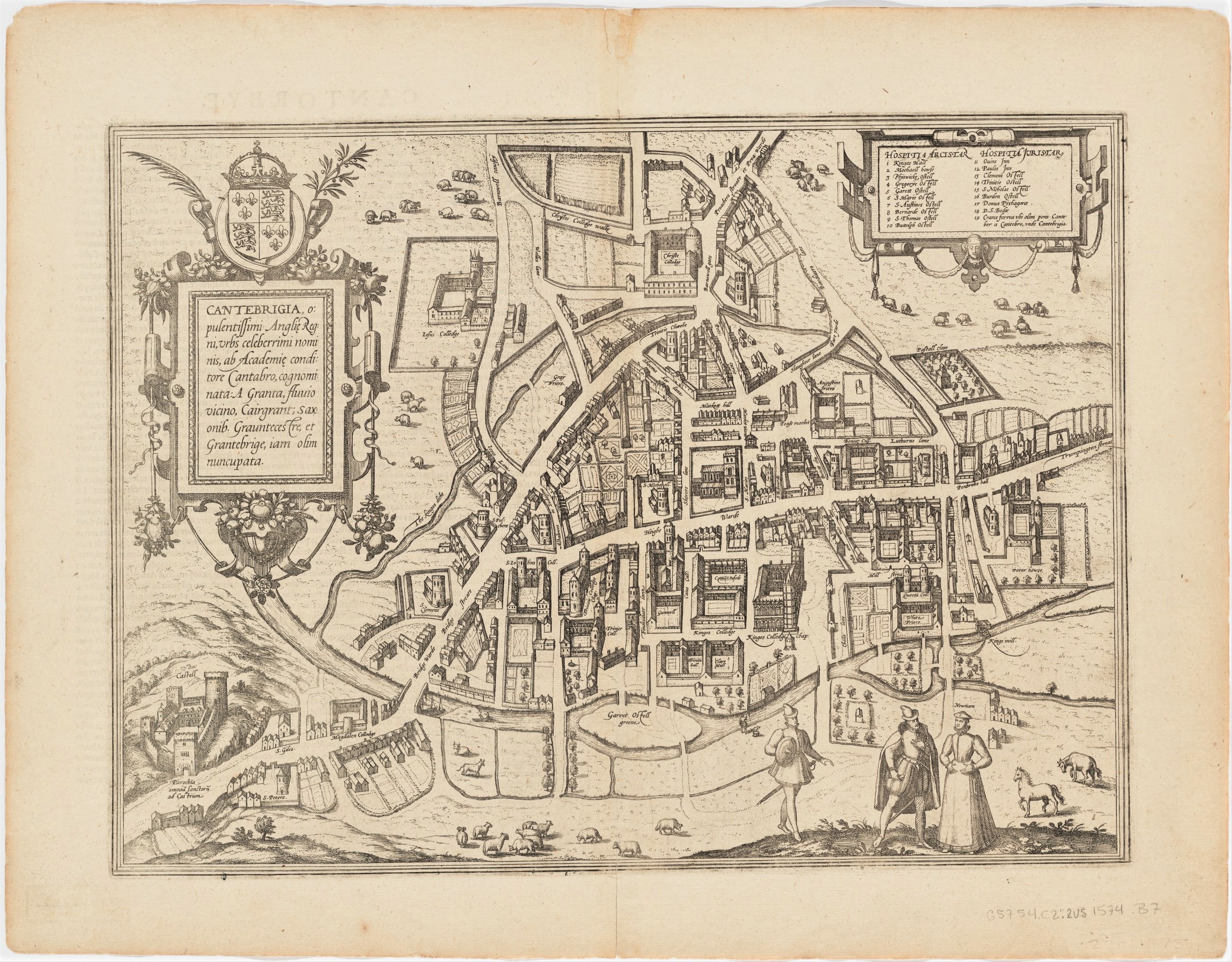|
Thomas Stanley (bishop)
Thomas Stanley (died ) was Bishop of Sodor and Man during the English Reformation-era.Oxford Dictionary of National Biography. 2004. Allegedly the natural son of Edward Stanley, 1st Baron Monteagle, Sir Edward Stanley, of Hornby Castle, Lancashire, on account of his bastardy, he obtained leave from the Pope to hold his preferments, especially the rectory of Wigan. In 1513 he became rector of Badworth (Wigan), a post he held until 1549 and shortly after he was appointed rector of Barwick, he became prebendary (canon) of Thorngate from 1528 to 1530. He was elevated to the see of Sodor and Man in 1542. His diocese was transferred from the province of Canterbury to that of York, and his opposition to this move led to his being deposed in 1545.Winwick: Its History and Antiquities. William Beamont, Second edition, 1897. After an interval of over a dozen years, he was restored to the see in 1556 then subsequently confirmed in the post by the Catholic Mary I of England and appoint ... [...More Info...] [...Related Items...] OR: [Wikipedia] [Google] [Baidu] |
John Salisbury (bishop)
John Salisbury, Order of Saint Benedict, O.S.B. (died 1573) was a Welsh clergyman who held high office in the pre- and post-English Reformation, Reformation church in England. He was the last Abbot of Titchfield Abbey, Titchfield; the abbey was dissolved in December 1537. Under the provisions of the Suffragan Bishops Act 1534, he was appointed and consecrated Bishop of Thetford on 19 March 1536. Three years later, he was also appointed Dean of Norwich on 20 August 1539, but in the reign of Mary I of England, Queen Mary I, he was deprived of the deanery in early 1554.Deans of Norwich ''British History Online''. Retrieved on 26 March 2009. After the accession of Elizabeth I of England, Queen Elizabeth I, he was restored as Dean in 1559. He was also Chancellor of Lincoln Cathedral and Archdeacon ... [...More Info...] [...Related Items...] OR: [Wikipedia] [Google] [Baidu] |
Winwick, Cheshire
Winwick is a village and Civil parishes in England, civil parish in the Borough of Warrington, Cheshire, England. Located within the Historic counties of England, historic boundaries of Lancashire, it is situated about three miles north of Warrington town centre, nearby is junction 22 of the M6 motorway, M6 and Junction 9 of the M62 motorway, M62. Winwick also borders Newton-le-Willows and Burtonwood. According to the United Kingdom Census 2001, 2001 Census, the civil parish had a population of 4,366. History Oswald of Northumbria, King Oswald of Northumbria is believed to have been killed in the Winwick area and the St Oswald's Church, Winwick, parish church, dedicated to him, was reputedly located with guidance from the "Winwick Pig", a carving of which can still be seen on the church wall. Richard Sherlock (clergyman), Richard Sherlock was the incumbent at Winwick for some thirty years in the seventeenth century, and Thomas Wilson (bishop), Thomas Wilson, Bishop of Sodor and ... [...More Info...] [...Related Items...] OR: [Wikipedia] [Google] [Baidu] |
16th-century Church Of England Bishops
The 16th century began with the Julian year 1501 (represented by the Roman numerals MDI) and ended with either the Julian or the Gregorian year 1600 (MDC), depending on the reckoning used (the Gregorian calendar introduced a lapse of 10 days in October 1582). The Renaissance in Italy and Europe saw the emergence of important artists, authors and scientists, and led to the foundation of important subjects which include accounting and political science. Copernicus proposed the heliocentric universe, which was met with strong resistance, and Tycho Brahe refuted the theory of celestial spheres through observational measurement of the 1572 appearance of a Milky Way supernova. These events directly challenged the long-held notion of an immutable universe supported by Ptolemy and Aristotle, and led to major revolutions in astronomy and science. Galileo Galilei became a champion of the new sciences, invented the first thermometer and made substantial contributions in the fields of phy ... [...More Info...] [...Related Items...] OR: [Wikipedia] [Google] [Baidu] |
Stanley Family
The Stanley family (or Audley-Stanley family) is an English family with many notable members, including the Earl of Derby, Earls of Derby and the Baron Audley, Barons Audley who descended from the early holders of Audley, Staffordshire, Audley and Stanley, Staffordshire. The two branches of the Audley family were made Barons Audley but both ended in the male line in the 14th century, after which their considerable estates were passed to a number of female heiresses, while the Stanleys would be elevated in the 15th century first to Baron Stanley, Barons Stanley and then Earls of Derby, a title they continue to hold. The use of "Stanley" as a first name began with political followers of the family. Origins The earliest documented members of the related Audley and Stanley families are two apparent brothers, Ligulf de Aldelegha and Adam de Standlega, who during the reigns of kings Stephen and Henry II appear to have divided the Audley, Staffordshire, lands that at the time of the 1 ... [...More Info...] [...Related Items...] OR: [Wikipedia] [Google] [Baidu] |
John Howden (bishop)
John Howden, O.P., D.D., was a pre-Reformation clergyman who served as the Bishop of Sodor and Man. A Dominican friar, he was appointed the bishop of the Diocese of Sodor and Man The Diocese of Sodor and Man is a diocese of the Church of England. It is one of only two Church of England dioceses not within the United Kingdom (the other is the Diocese in Europe). Originally much larger, today it covers just the Isle of Man ... by papal provision on 18 May or 19 June 1523. He is said to have vacated the see by 17 February 1530, however, a bishop ''"John"'' was mentioned in documents in July 1532 and 2 July 1533. The next certain bishop of Sodor and Man was Thomas Stanley who was appointed to the see in 1542. References 16th-century English Roman Catholic bishops Bishops of Sodor and Man Dominican bishops Year of birth unknown Year of death unknown {{UK-RC-bishop-stub ... [...More Info...] [...Related Items...] OR: [Wikipedia] [Google] [Baidu] |
Durham Cathedral
Durham Cathedral, formally the , is a Church of England cathedral in the city of Durham, England. The cathedral is the seat of the bishop of Durham and is the Mother Church#Cathedral, mother church of the diocese of Durham. It also contains the shrines of the Anglo-Saxons, Anglo-Saxon saints Cuthbert and Bede. There are daily Church of England services at the cathedral, and it received 727,367 visitors in 2019. It is a grade I listed building and forms part of the Durham Castle and Cathedral World Heritage Site. The cathedral is the successor to the Anglo-Saxon Lindisfarne Priory, which was established but abandoned in 875 in the face of Viking Age, Viking raids. The monks settled at Chester-le-Street from 882 until 995, when they moved to Durham. The cathedral remained a monastery until it was Dissolution of the monasteries, dissolved in 1541, since when it has been governed by a Dean of Durham, dean and Chapter (religion), chapter. The cathedral precinct formed part of Durham ... [...More Info...] [...Related Items...] OR: [Wikipedia] [Google] [Baidu] |
Pope Joan
Pope Joan (''Ioannes Anglicus'', 855–857) is a woman who purportedly reigned as popess (female pope) for two years during the Middle Ages. Her story first appeared in chronicles in the 13th century and subsequently spread throughout Europe. The story was widely believed for centuries, but most modern scholars regard it as fictional. Most versions of her story describe her as a talented and learned woman who disguised herself as a man, often at the behest of a lover. In the most common accounts, owing to her abilities she rose through the church hierarchy and was eventually elected pope. Her sex was revealed when she gave birth during a procession and she died shortly after, either through murder or natural causes. The accounts state that later church processions avoided this spot and that the Vatican removed the female pope from its official lists and crafted a ritual to ensure that future popes were male. Pope Joan's existence was generally accepted as true until the 16th ... [...More Info...] [...Related Items...] OR: [Wikipedia] [Google] [Baidu] |
Archbishop Of Canterbury
The archbishop of Canterbury is the senior bishop and a principal leader of the Church of England, the Primus inter pares, ceremonial head of the worldwide Anglican Communion and the bishop of the diocese of Canterbury. The first archbishop was Augustine of Canterbury, the "Apostle to the English", who was sent to England by Pope Gregory the Great and arrived in 597. The position is currently vacant following the resignation of Justin Welby, the List of Archbishops of Canterbury, 105th archbishop, effective 7 January 2025.Orders in Council, 18 December 2024, page 42 During the vacancy the official functions of the office have been delegated primarily to the archbishop of York, Stephen Cottrell, with some also undertaken by the bishop of London, Sarah Mullally, and the bishop of Dover, Rose Hudson-Wilkin. From Augustine until William Warham, the archbishops of Canterbury were in full communion with the Catholic Church and usually received the pallium from the pope. During the ... [...More Info...] [...Related Items...] OR: [Wikipedia] [Google] [Baidu] |
Matthew Parker
Matthew Parker (6 August 1504 – 17 May 1575) was an English bishop. He was the Archbishop of Canterbury in the Church of England from 1559 to his death. He was also an influential theologian and arguably the co-founder (with Thomas Cranmer, a previous Archbishop of Canterbury, and the theologian Richard Hooker) of a distinctive tradition of Anglican theological thought. Parker was one of the primary architects of the Thirty-nine Articles, the defining statements of Anglican doctrine. The Parker collection of early English manuscripts, including the book of St Augustine Gospels and "Version A" of the ''Anglo-Saxon Chronicle'', was created as part of his efforts to demonstrate that the English Church was historically independent of Holy See, Rome and was one of the world's most important collections of ancient manuscripts. Along with the pioneering scholar Laurence Nowell, Lawrence Nowell, Parker's work concerning Old English literature laid the foundation for Anglo-Saxon stu ... [...More Info...] [...Related Items...] OR: [Wikipedia] [Google] [Baidu] |
Bishop Of Durham
The bishop of Durham is head of the diocese of Durham in the province of York. The diocese is one of the oldest in England and its bishop is a member of the House of Lords. Paul Butler (bishop), Paul Butler was the most recent bishop of Durham until his retirement in February 2024. The bishop is officially styled ''The Right Reverend (First Name), by Divine Providence Lord Bishop of Durham'', but this full title is rarely used. In signatures, the bishop's family name is replaced by ''Dunelm'', from the Latin name for Durham (the Latinised form of Old English ''Dunholm''). In the past, bishops of Durham varied their signatures between ''Dunelm'' and the French language, French ''Duresm''. Prior to 1836 the bishop had significant State (polity), temporal powers over the liberty of Durham and later the County Palatine of Durham, county palatine of Durham. The bishop, with the bishop of Bath and Wells, escorts the sovereign at the Coronation of the British monarch, coronation. Durh ... [...More Info...] [...Related Items...] OR: [Wikipedia] [Google] [Baidu] |
James Pilkington (bishop)
James Pilkington (1520–1576), was the first Protestantism, Protestant Bishop of Durham from 1561 until his death in 1576. He founded Rivington and Blackrod High School, Rivington Grammar School and was an Elizabethan author and orator. Early life James was the second son of Richard Pilkington of Rivington Hall, in the parish of Bolton le Moors and Alice Asshaw of Hall oth' Hill, near Heath Charnock in the parish of Chorley in Lancashire. His paternal ancestry is a junior line of the Pilkington of Lancashire, Pilkington family who owned land at Rivington from 1212 where they were Lords of the manor. James Pilkington's early education is speculated to have been at Manchester Grammar School. He entered Pembroke College, Cambridge in 1536, and moved to St John's College, Cambridge, from where he graduated B.A. in 1539, and M.A. in 1542. James Pilkington was appointed Vicar of Kendal in 1545. He resigned this position to return to Cambridge. From 1547 he was granted right to prea ... [...More Info...] [...Related Items...] OR: [Wikipedia] [Google] [Baidu] |
Edward Stanley, 3rd Earl Of Derby
Edward Stanley, 3rd Earl of Derby (c. 10 May 1509 – 24 October 1572) was an English nobleman and politician. He succeeded his father as Lord of Mann until his death, and then was succeeded by his son. Early life At the age of thirteen, Edward received the titles and estates of his father, the 2nd Earl of Derby, and King Henry VIII took responsibility for bringing him up until he was of age. His commissioners, including Cardinal Thomas Wolsey, were responsible for most of his affairs. In 1528, he accompanied Cardinal Wolsey on a mission to France, and in 1530, he was one of the peers who gave Pope Clement VII the declaration regarding Henry's divorce from Catherine of Aragon. Marriages and issue In 1530, Thomas Howard, 3rd Duke of Norfolk bought the remaining year of Edward Stanley's wardship and married him, without the King's permission, to his daughter, Katherine Howard. The King rebuked Norfolk, but allowed the marriage. Katherine fell victim to the plague a few ... [...More Info...] [...Related Items...] OR: [Wikipedia] [Google] [Baidu] |






